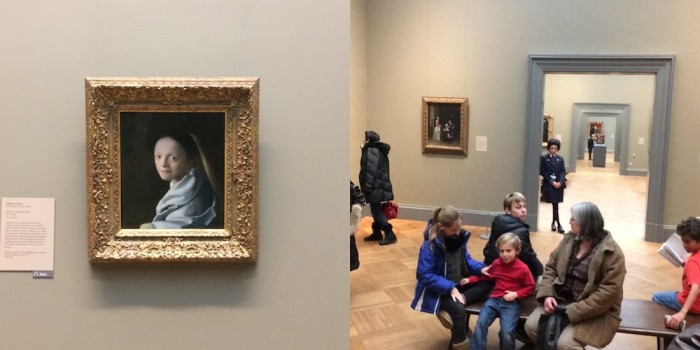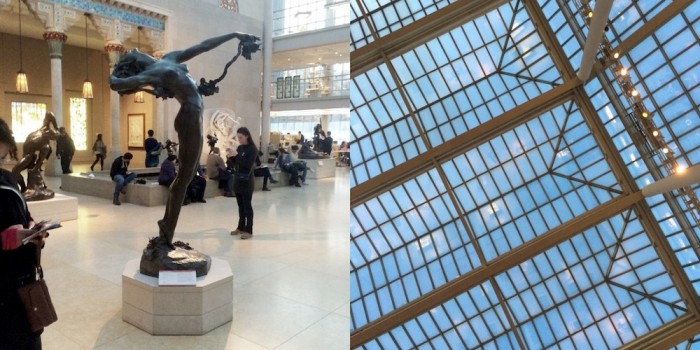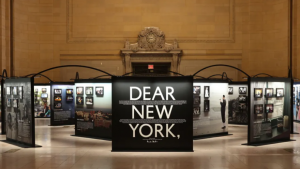Anyone who has stood in front of the "Mona Lisa" in the Louvre will know what it feels like to be watched by a painting. Her eyes seem to follow wherever you go. It's not tricky to work out what she sees.
Thousands of people flock past iconic artworks such as the "Mona Lisa", the "Sphinx of Hatshetsut" or Degas' "The Little Fourteen-Year-Old Dancer" every year – and their images are seared into the popular imagination. But what happens when you flip the relationship? What’s the view like from where they stand?
It’s a playful conceit, explored in an ongoing series called What They See by Masashi Kawamura, a celebrated creative director and the founder of creative lab PARTY. Kawamura is well-known for using technology in unconventional ways to make music videos. He applies the same imaginative approach in this small sideline project, as he tells us in this Q&A:











